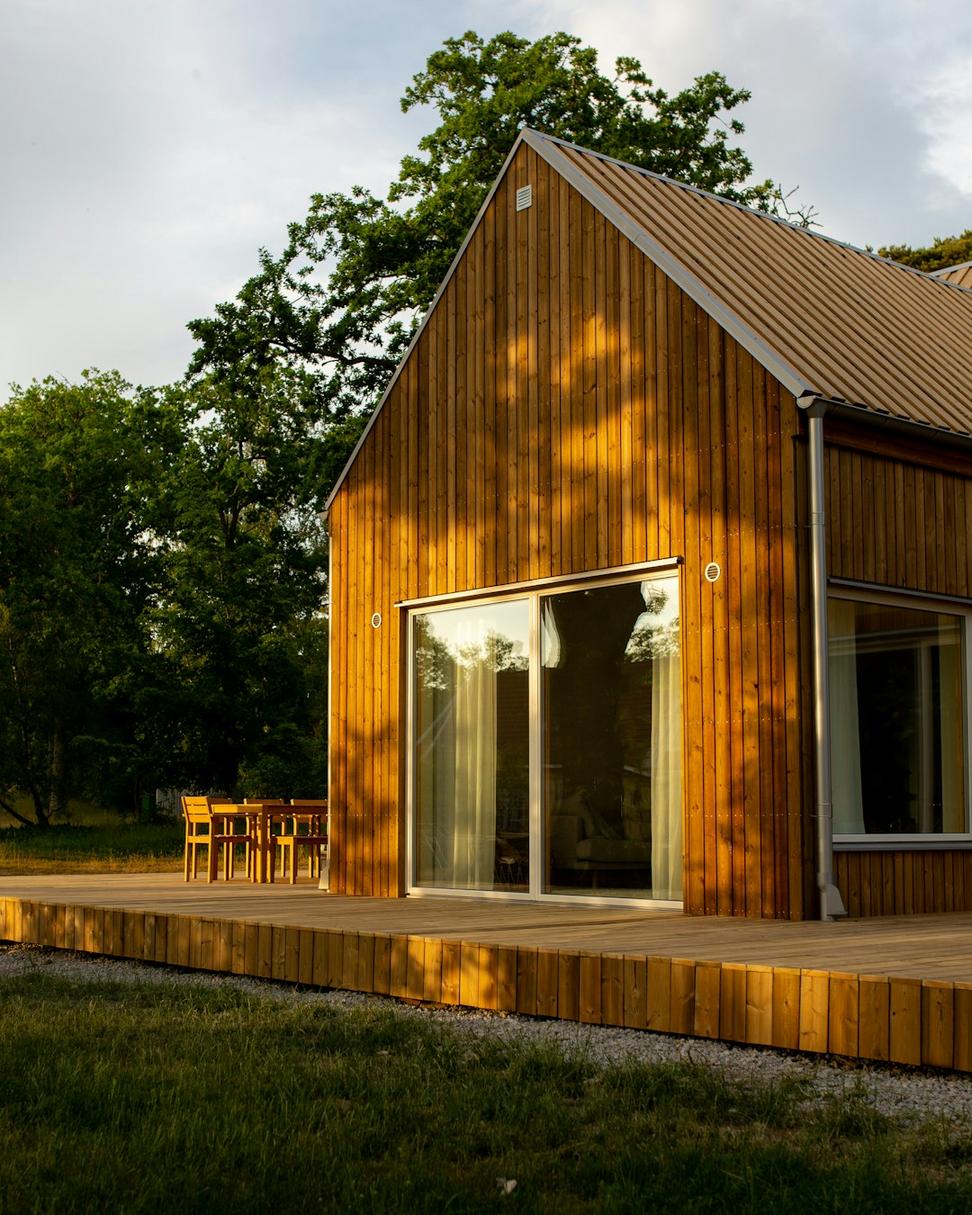
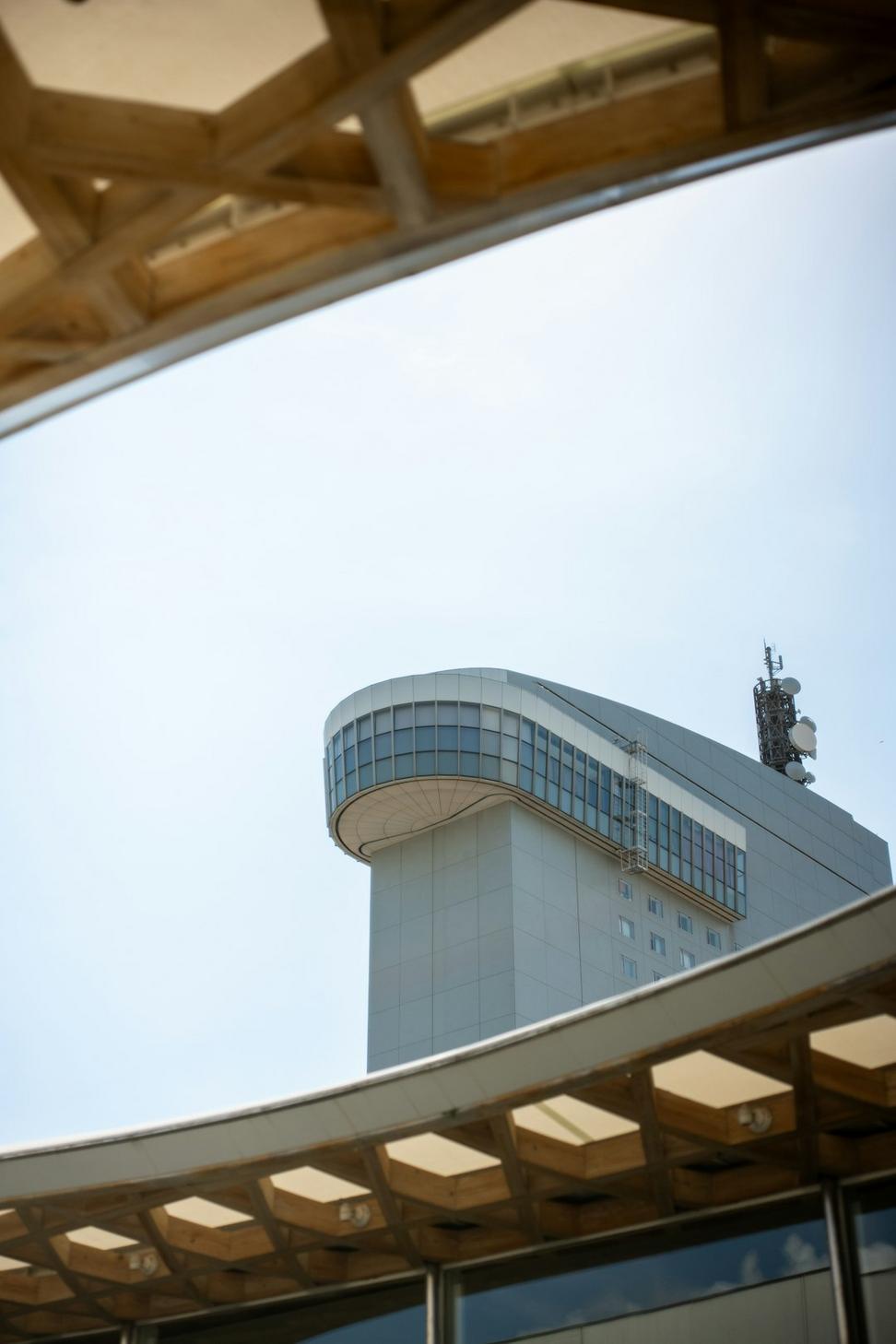
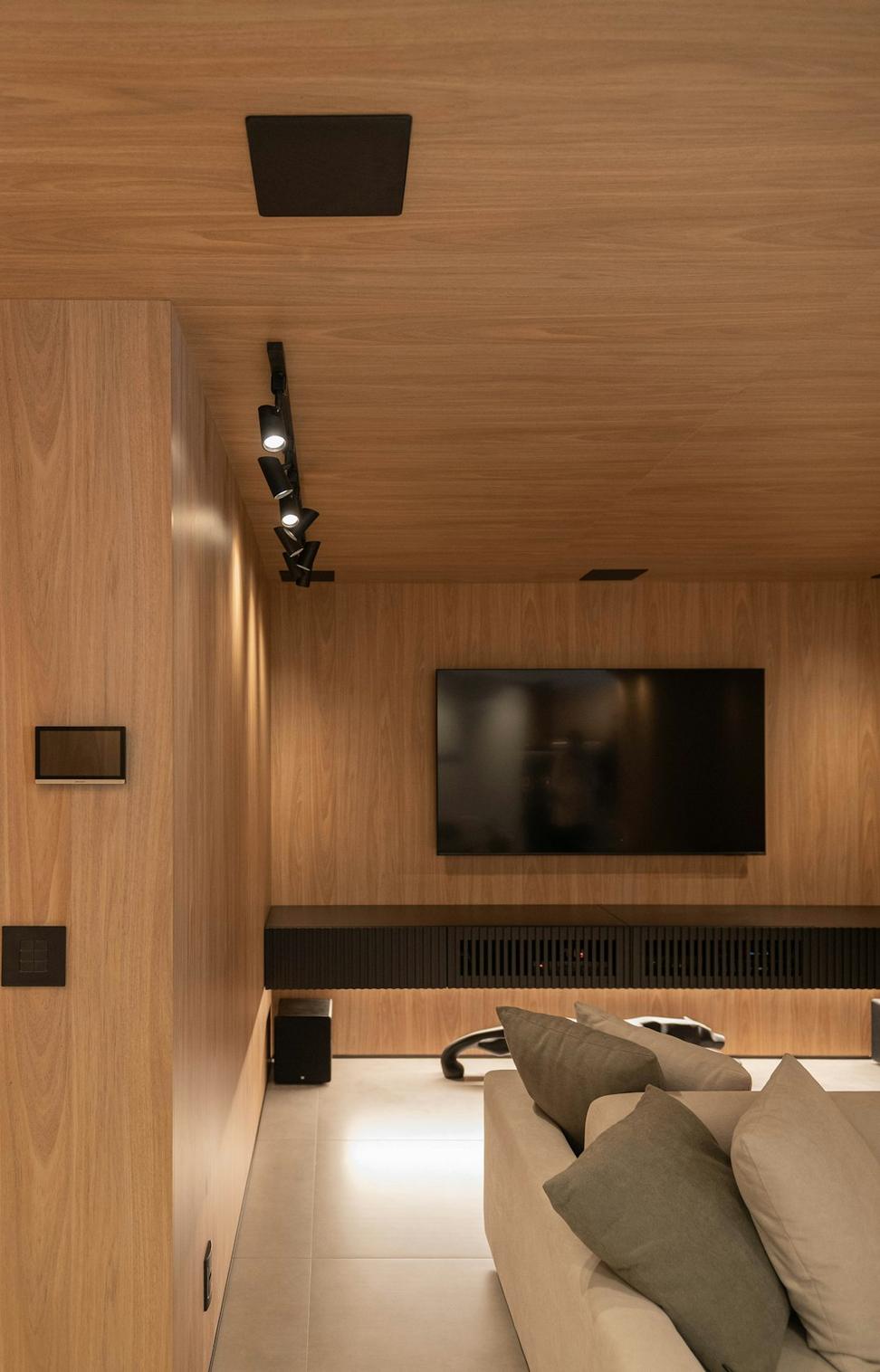
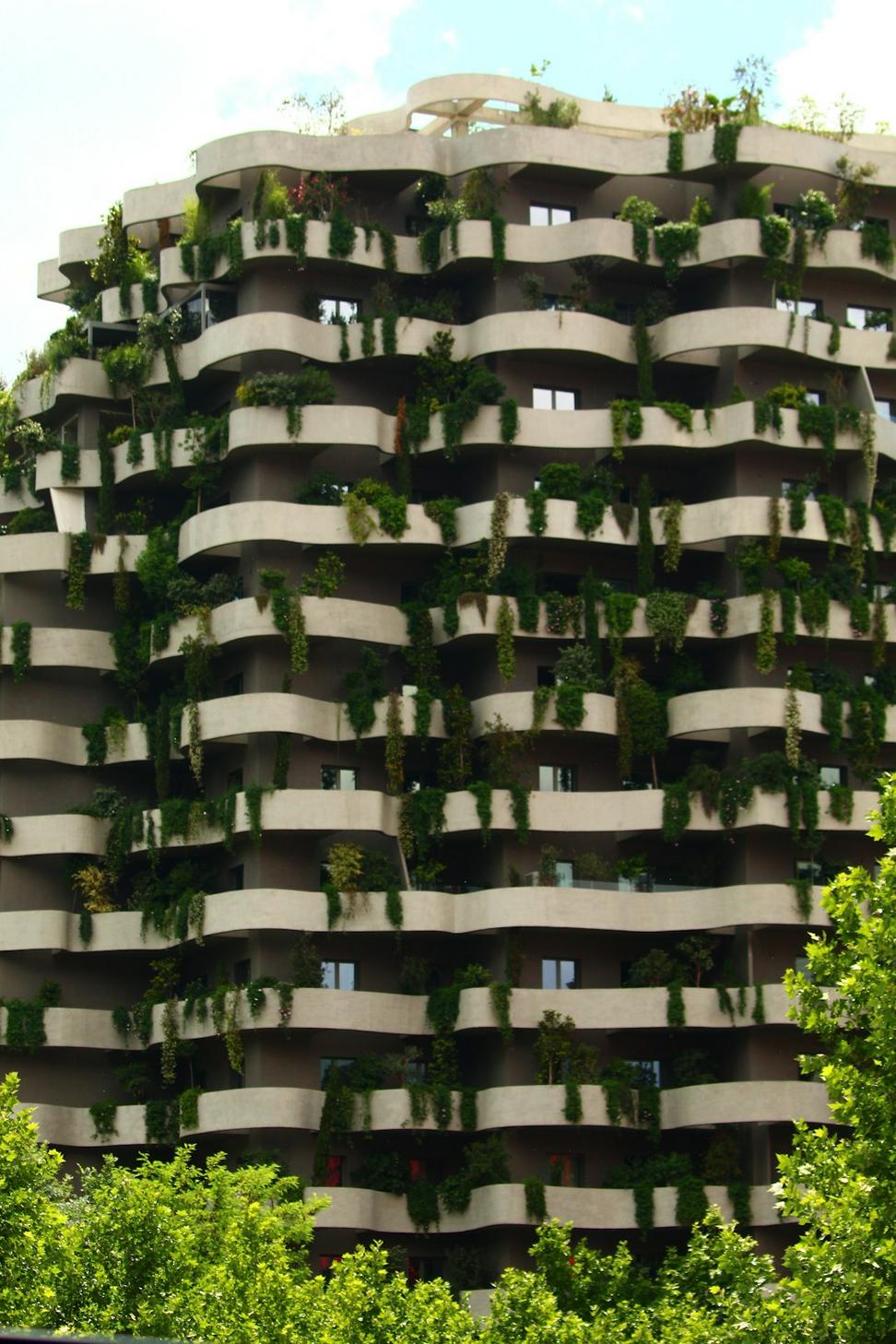
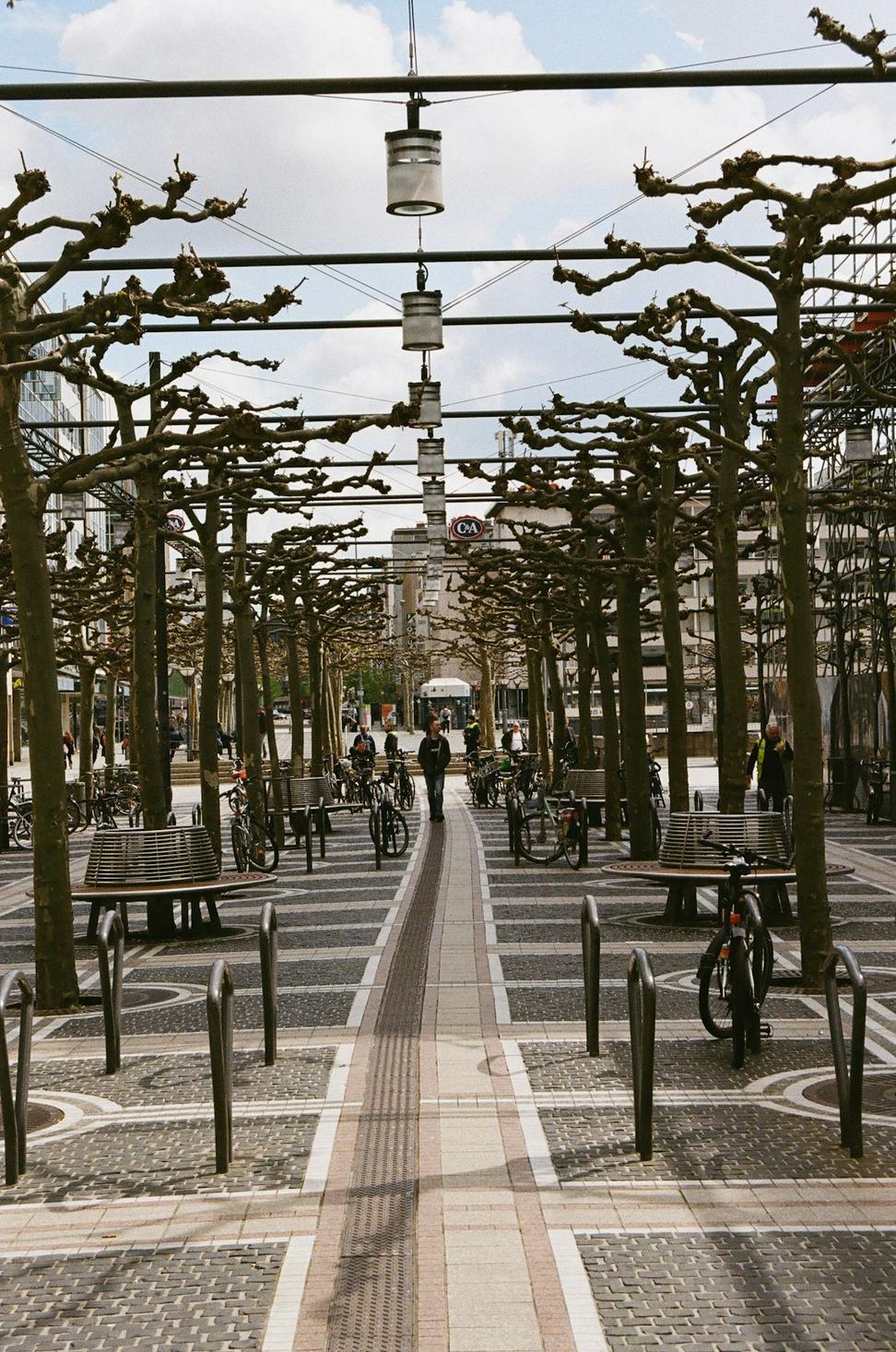
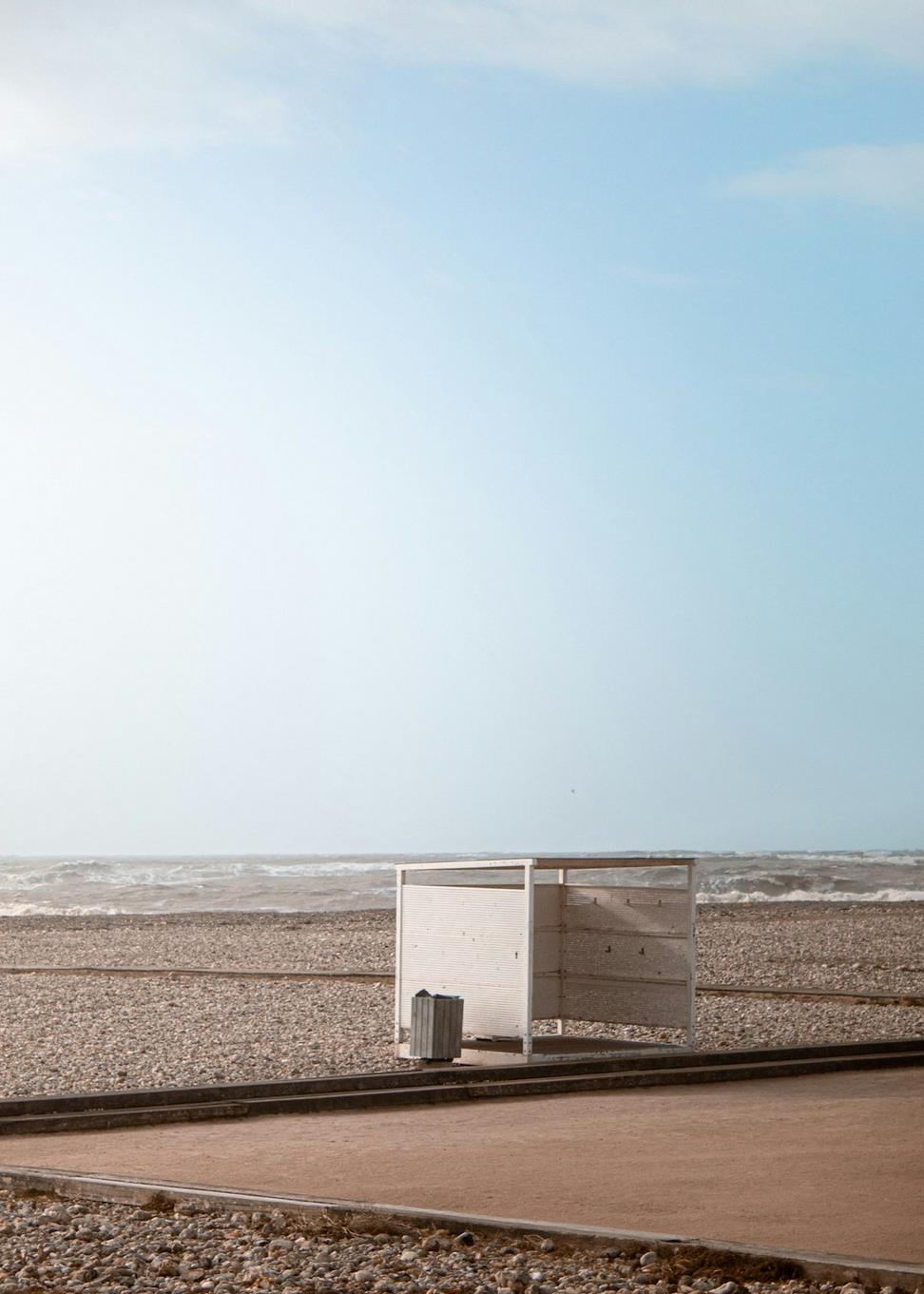
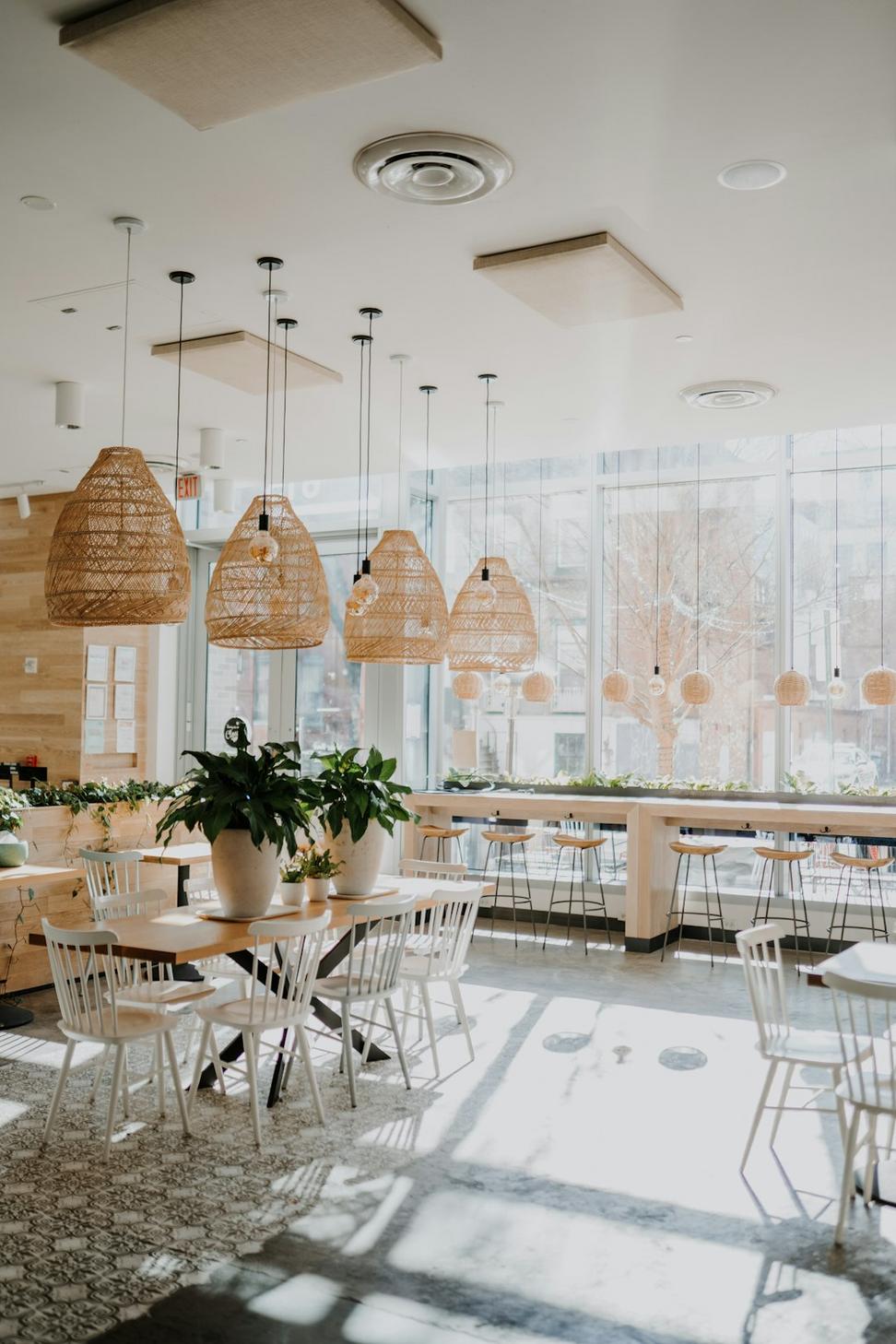
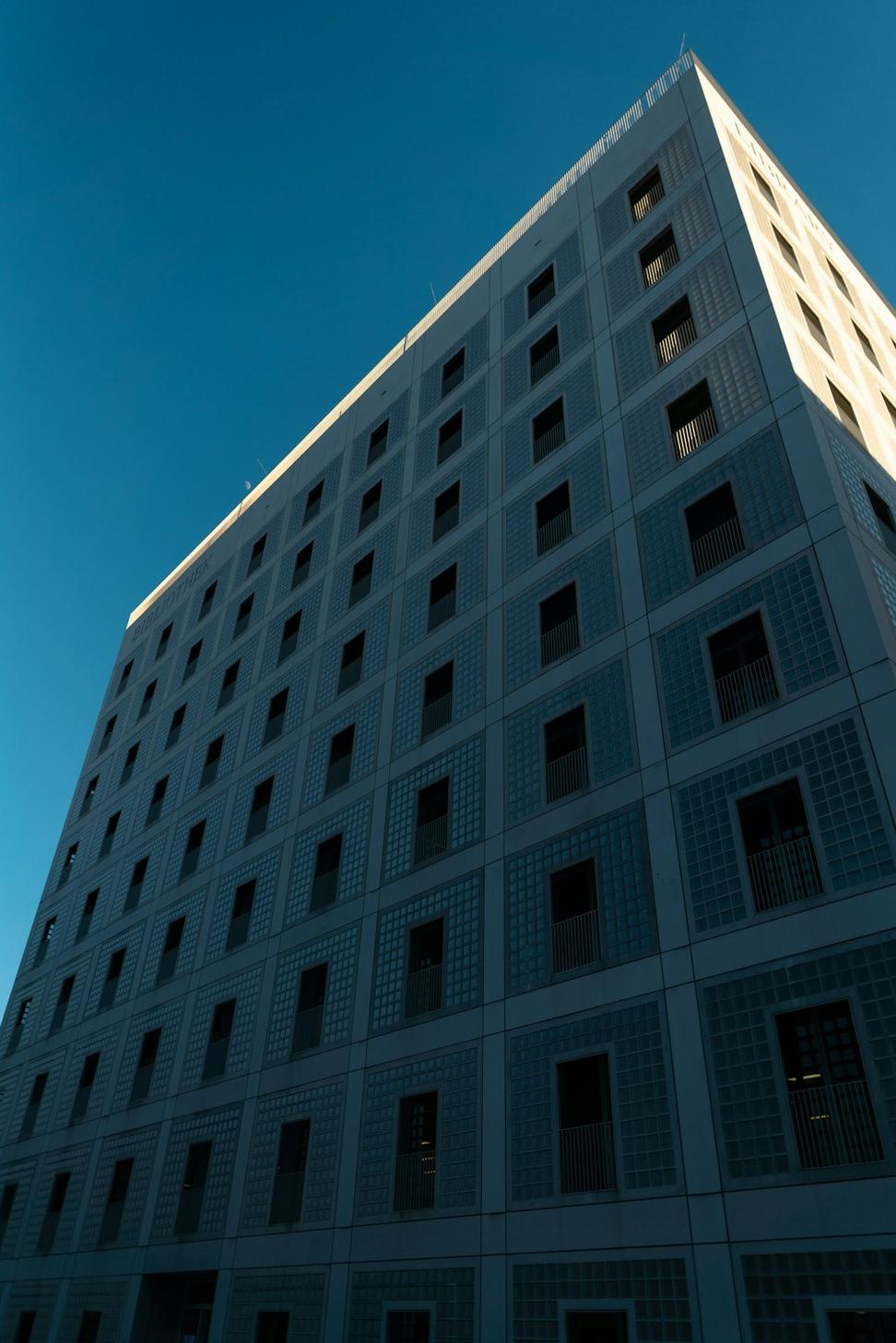
Real projects, real challenges, real solutions. Here's what we've been cooking up lately - each one's got its own story, its own quirks. We don't do cookie-cutter stuff, that's just not how we roll.

This one's probably my favorite from last year. Client wanted waterfront views but didn't wanna sacrifice on energy efficiency. Ended up designing this passive house that's practically heating itself. Triple-glazed windows, killer insulation, and those solar panels? They're actually producing more than the family uses.

Tech startup needed space that didn't feel like a corporate prison. We gave 'em open floors, natural light everywhere, and meeting spots that don't suck.

Old warehouse turned into someone's dream home. Kept the industrial bones but made it actually livable, ya know?

Client said "we want green building" and we took it literally. Living walls on three sides, rainwater collection, the whole nine yards. People actually stop to take photos of this one.

Turned a dead concrete wasteland into somewhere people actually wanna hang out. Added trees, better seating, made it pedestrian-friendly. City council took some convincing but it's packed every weekend now.

Affordable housing that doesn't look cheap and doesn't wreck the planet. These prefab units can be configured a bunch of different ways. We're pretty proud of how this one turned out.

Cozy spot that feels upscale without being pretentious. Reclaimed wood, warm lighting, and an open kitchen.

Libraries aren't dying, they're just evolving. Created flexible spaces for everything from quiet study to community events. Natural ventilation means barely any AC costs, and those big windows? That's free lighting right there.
Let's talk about what you're trying to build. No pressure, just a conversation about possibilities.
Get In Touch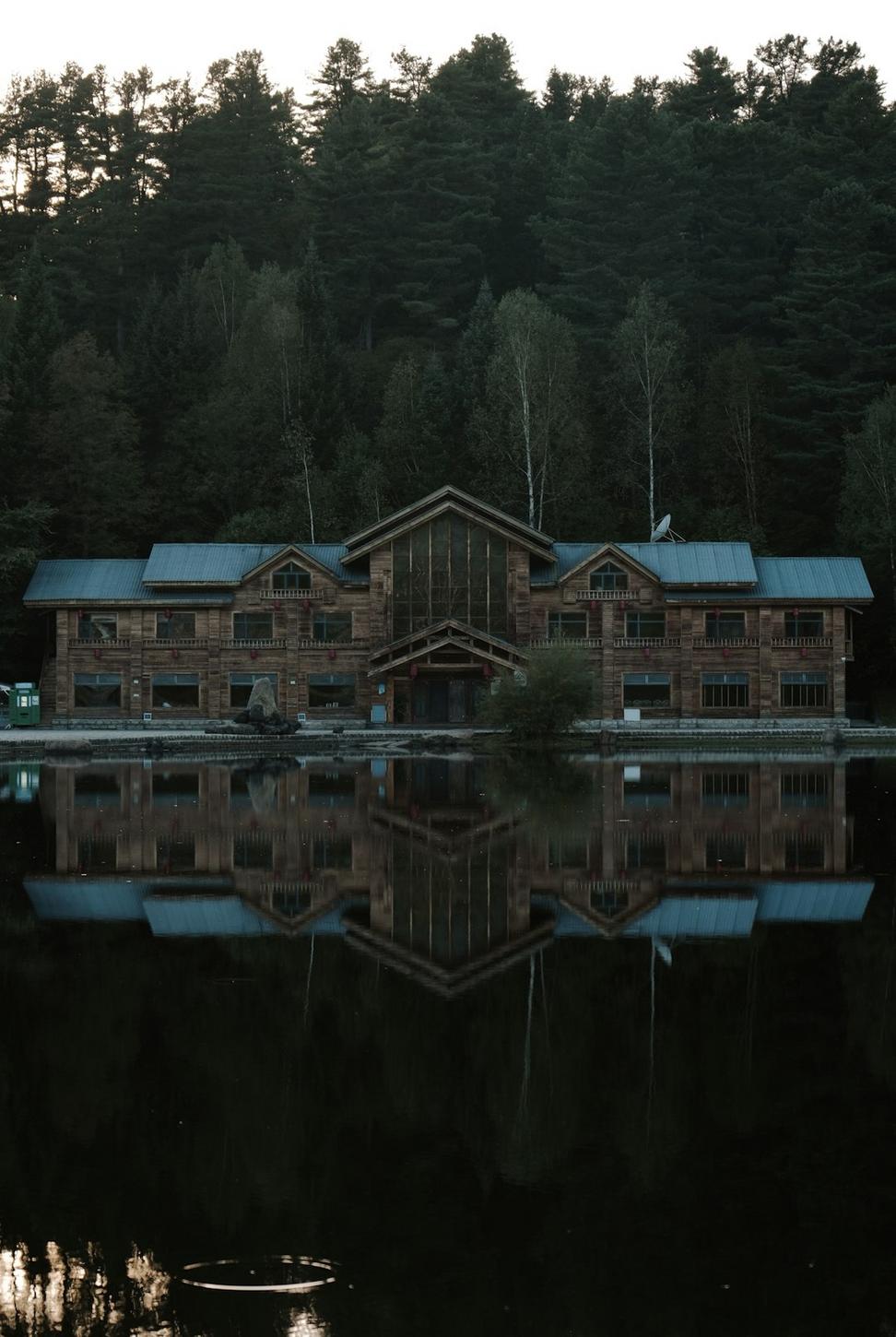
Client came to us with what seemed like contradictory goals - they wanted unobstructed lake views, tons of natural light, but also wanted their energy bills to be basically nothing. Oh, and they didn't wanna be freezing in winter or roasting in summer.
We went full passive house certification on this one. Designed the orientation to maximize southern exposure, which helps with passive solar heating. Those massive windows everyone loves? They're triple-glazed with argon filling - basically as insulated as a wall but you can see through 'em.
The envelope is sealed tighter than anything you've probably seen. We're talking about .6 air changes per hour, which sounds technical but basically means no drafts, ever. Combined that with a heat recovery ventilation system that recycles like 90% of the heat from outgoing air.
House uses about 85% less energy than a conventional home of the same size. Solar panels on the roof actually generate more electricity than the family uses annually, so they're selling power back to the grid. Heating and cooling costs? Under $400 a year. Yeah, for the whole year.
Best part though? The family says it's the most comfortable house they've ever lived in. No cold spots, no hot spots, just even temperature throughout.
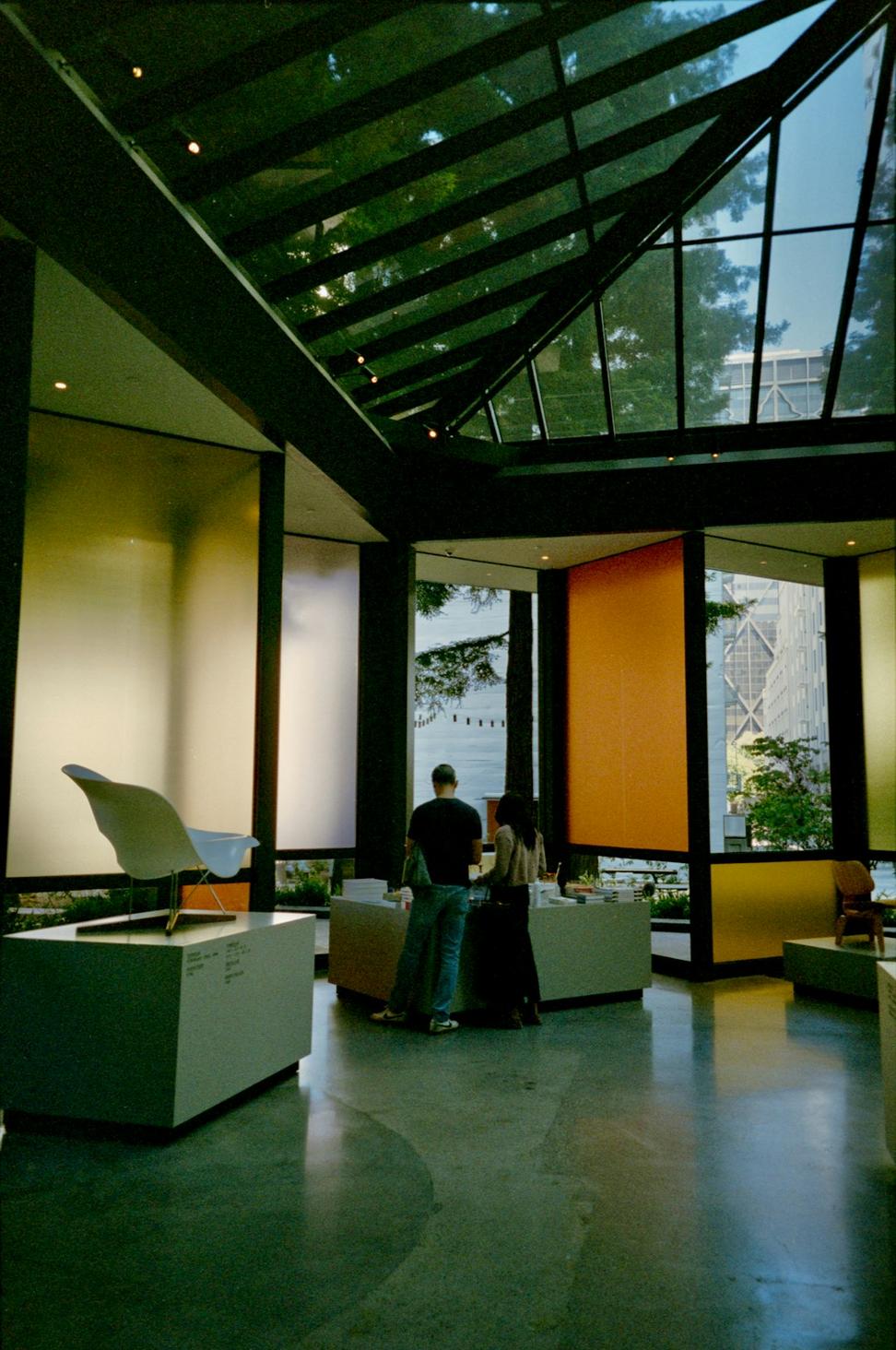
Tech company outgrowing their cramped startup space wanted something that'd help them attract talent. They'd seen too many soulless glass boxes and wanted their space to actually reflect their culture - collaborative, creative, but still professional enough to impress clients.
Scrapped the traditional cubicle farm concept entirely. Created zones instead - quiet focus areas, collaborative hubs, casual meeting spots. The glass facade isn't just for show, it brings in natural light that reaches deep into the floor plate, reducing artificial lighting needs by about 60%.
Added a bunch of biophilic elements - living walls, natural materials, even got some decent plants in there that won't die immediately. There's research showing this stuff actually improves productivity and mood, and honestly, you can feel the difference when you walk in.
Client reported that employee satisfaction scores went up significantly after the move. They're using the space for recruitment videos now because it actually looks good on camera. LEED Gold certified, which wasn't even their initial goal, but we hit it anyway through smart material choices and energy-efficient systems.
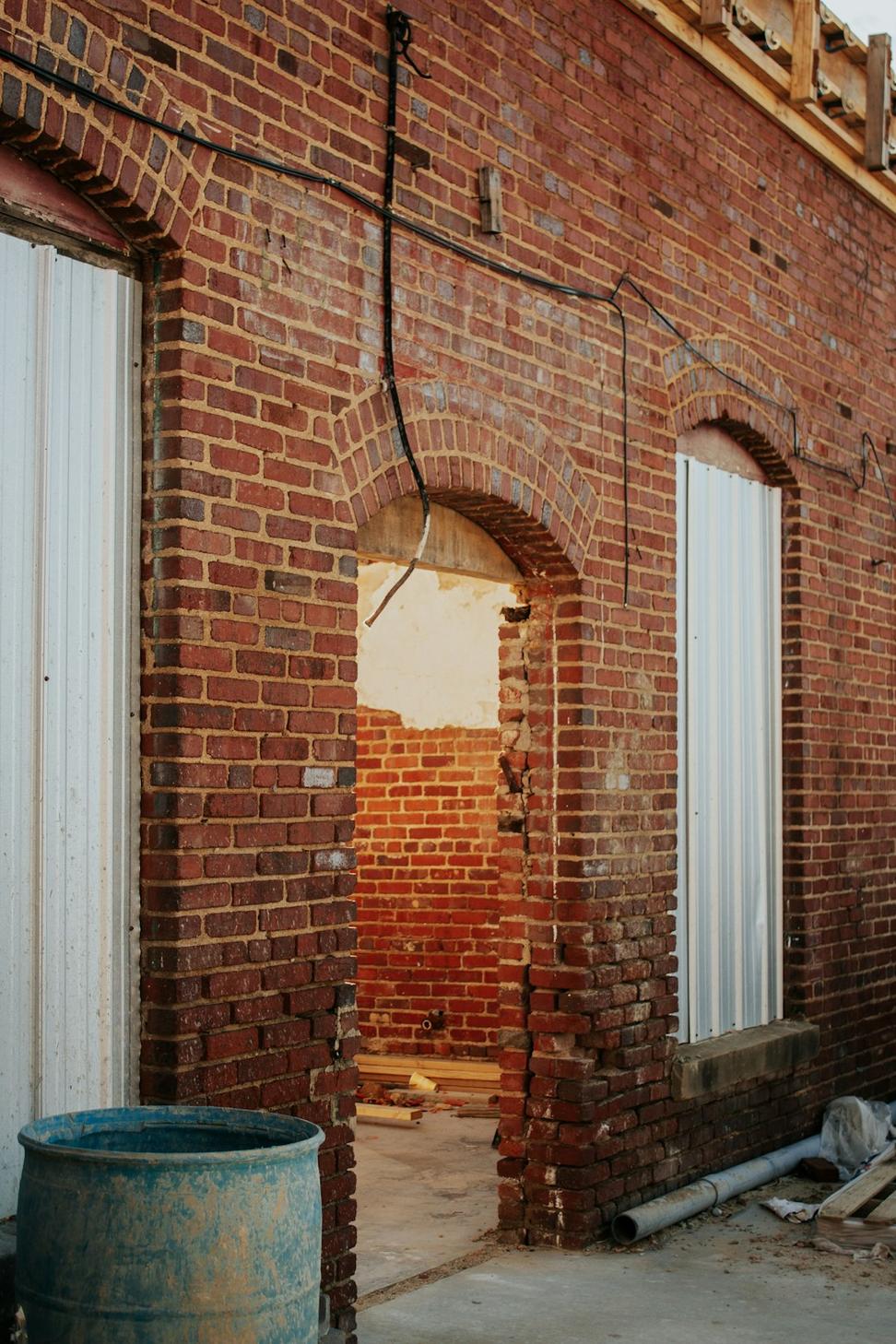
Former garment factory from the 1920s that'd been sitting empty for years. Owner wanted to convert it into a residential loft but keep that industrial character that made the space interesting in the first place.
We exposed the original brick, kept the massive timber beams, even preserved some of the old factory equipment as design features. But then balanced all that rough texture with warm wood floors, modern kitchen, and a bathroom that doesn't feel like you're camping.
The tricky part was dealing with the building code stuff - old buildings weren't built to modern standards, so we had to get creative with things like insulation and fire separation while not destroying what made the space cool.
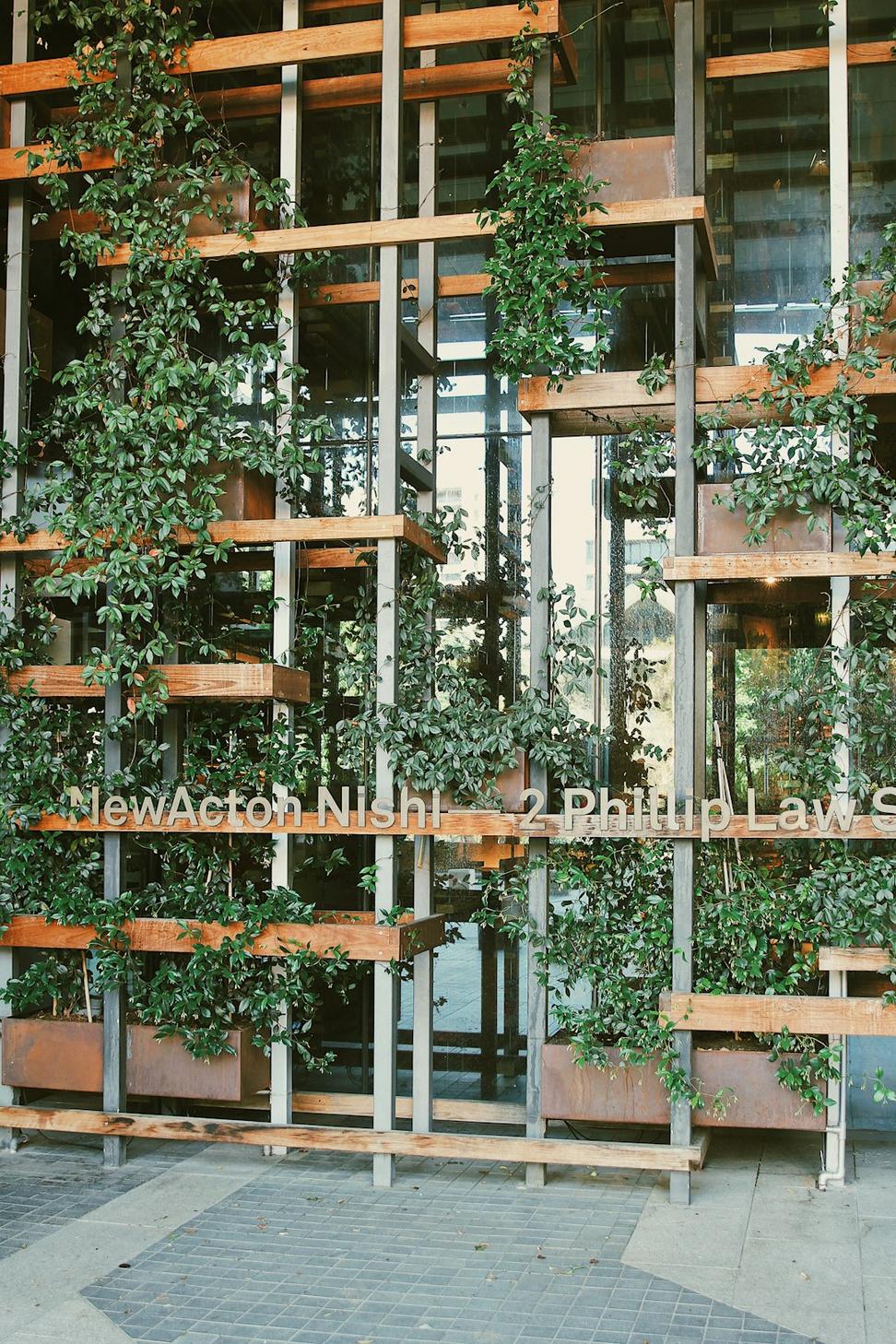
This project's kinda become our calling card around Toronto. Marketing firm wanted their building to make a statement about their commitment to sustainability, but they also needed it to actually function as an office, not just look pretty.
Those living walls aren't just decoration - they're actually improving air quality, providing insulation, and managing stormwater runoff. We integrated an irrigation system that uses harvested rainwater, so the whole thing's basically self-sustaining once it's established.
Inside, we continued the green theme with an atrium that brings natural light down through all four floors. Air quality sensors adjust ventilation automatically, and the green roof reduces cooling loads by a noticeable amount during summer.
Maintenance was a concern, so we worked with a local horticultural company to select hardy plant species that can handle Toronto's climate. Two years in and everything's thriving, which honestly surprised even us a bit.
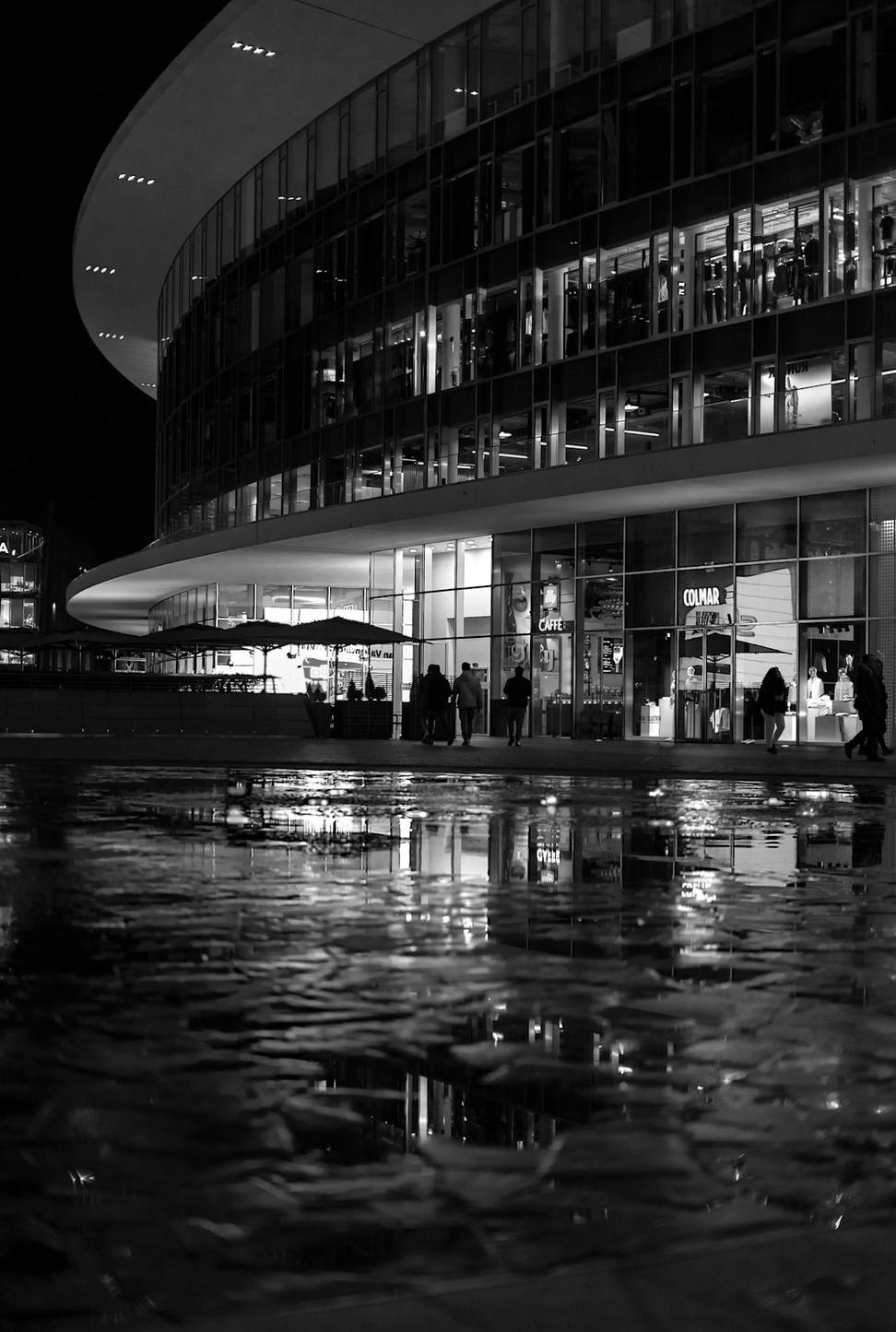
Municipal project to transform an underused waterfront space. The old plaza was basically a wind tunnel - massive empty concrete pad that nobody wanted to spend time in except to cut through on their way somewhere else.
We started by studying how people actually move through the space, where they naturally congregate, where they avoid. Then designed around those patterns instead of imposing some rigid geometric plan that looks good from above but sucks at ground level.
Added varied seating - not just benches but also steps, low walls, movable chairs. Planted trees in clusters to create defined spaces and provide shade. Put in some water features that double as play areas for kids. Made sure there's good sightlines for safety but also created some intimate corners where you don't feel like you're on display.
The transformation's been pretty dramatic. Where it used to be empty most of the time, now you've got food vendors setting up, people having lunch, kids playing. It's become an actual destination instead of just a pass-through.
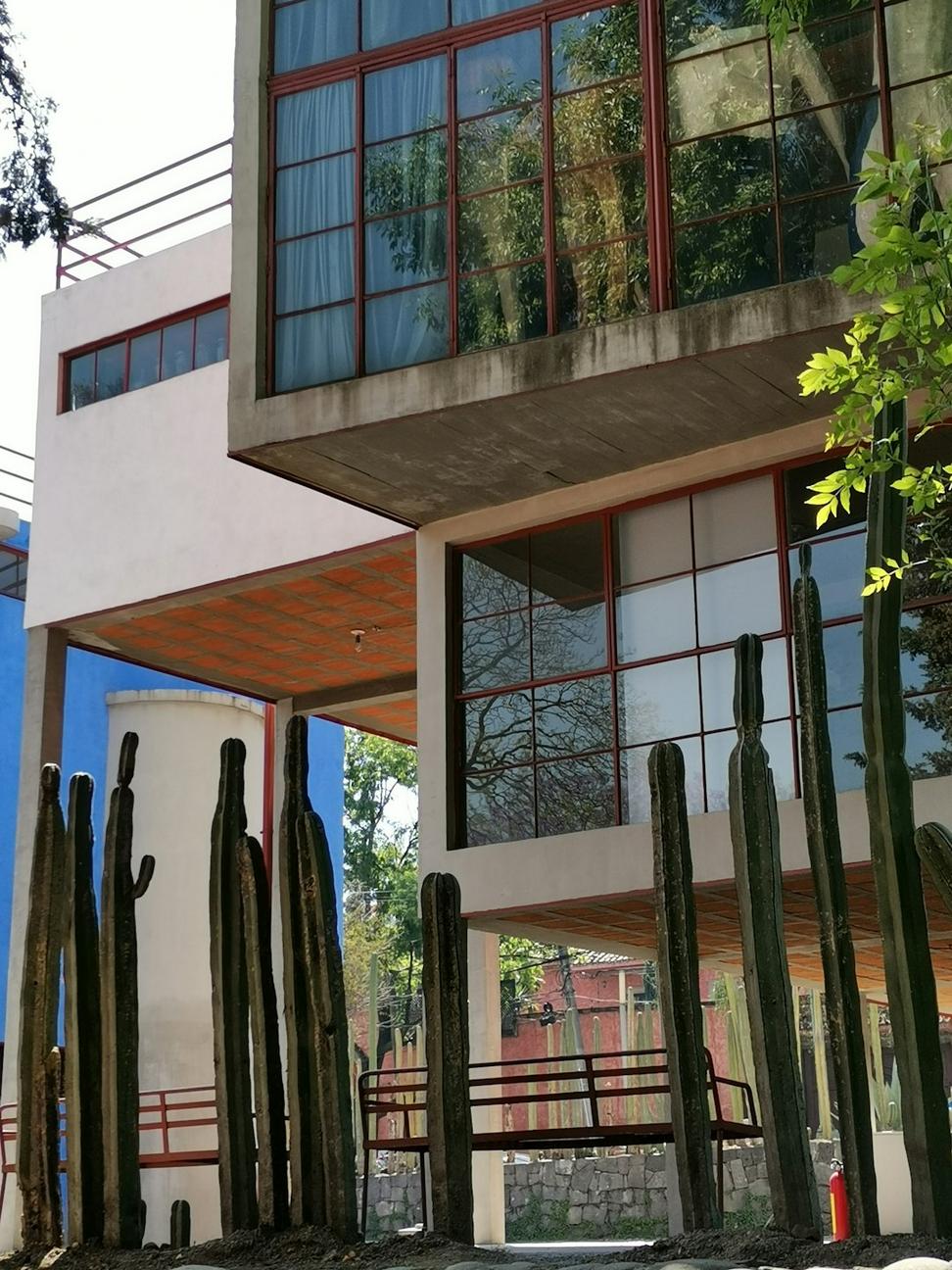
Side project that turned into something bigger. We were frustrated with how expensive sustainable housing was becoming, so we designed a series of modular homes that could be manufactured efficiently and assembled quickly on site.
Each unit's built with structural insulated panels - super energy efficient and they go up fast. Standard configurations range from 600 to 1200 square feet, but they're designed to be combined or expanded later if needed. Used a lot of cross-laminated timber, which is strong, sustainable, and honestly just looks better than drywall.
The economics work because we're building multiples - economies of scale that you don't get with traditional custom homes. And because the construction happens in a factory, there's way less waste and weather delays.
First development of 12 units sold out before they were even finished. We're working on expanding the series now with different configurations. Turns out there's real demand for homes that are affordable, sustainable, and don't look like shipping containers.
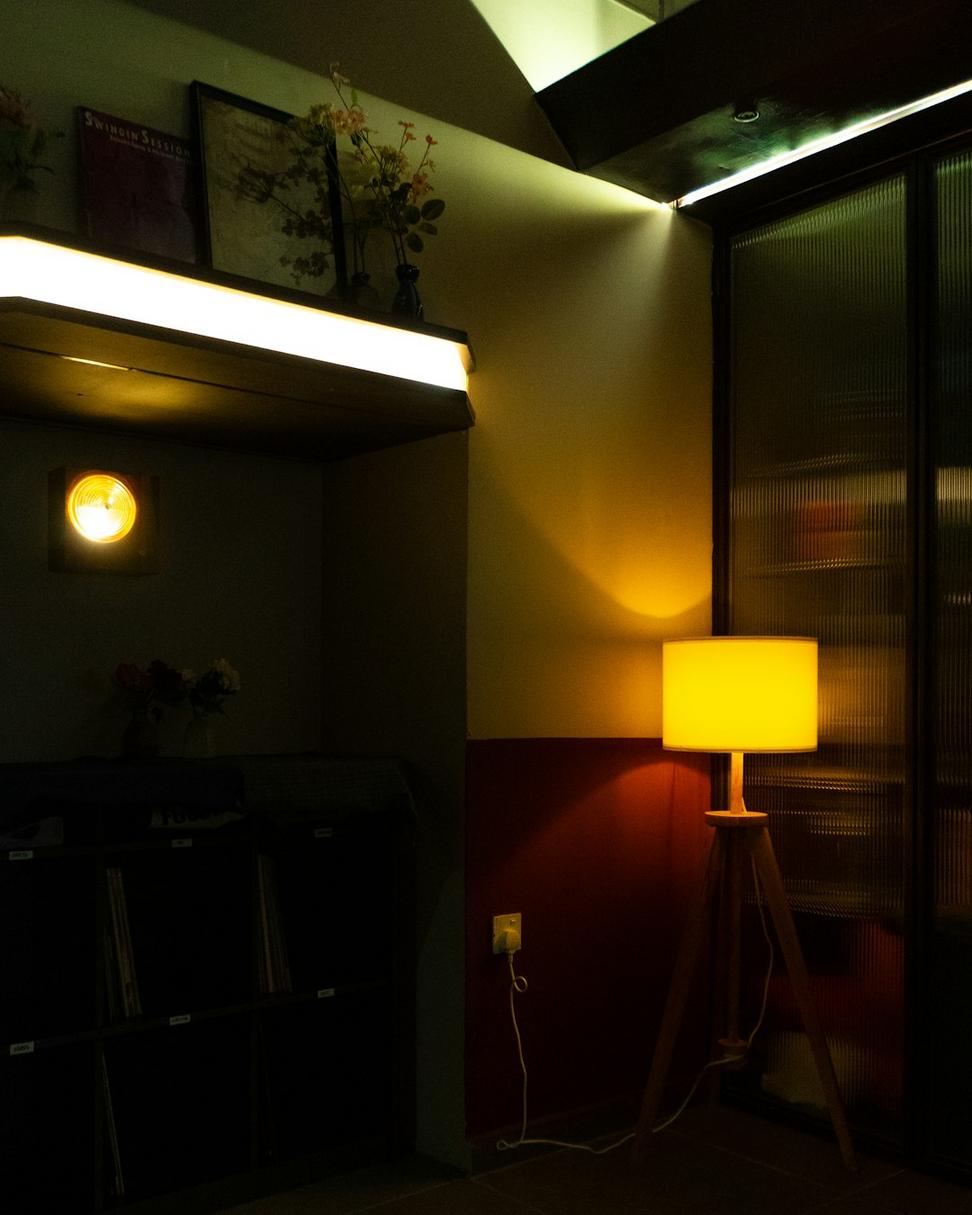
Restaurant design's different from most architecture - it's gotta look good, work efficiently for staff, and make people wanna stay and spend money. This chef wanted a space that felt like an extension of their farm-to-table philosophy.
We used a ton of reclaimed materials - old barn wood for tables, vintage light fixtures, salvaged brick for accent walls. The open kitchen was non-negotiable for the client, so we made it a feature rather than hiding it away. Custom steel shelving doubles as storage and display.
Acoustics were tricky - you want it lively but not so loud people can't talk. Added fabric panels disguised as art and used sound-absorbing ceiling treatments that don't look institutional.
Place has been packed since opening night. Client says the space sells itself - customers are always asking about the design, taking photos. Which is exactly what you want in restaurant design.
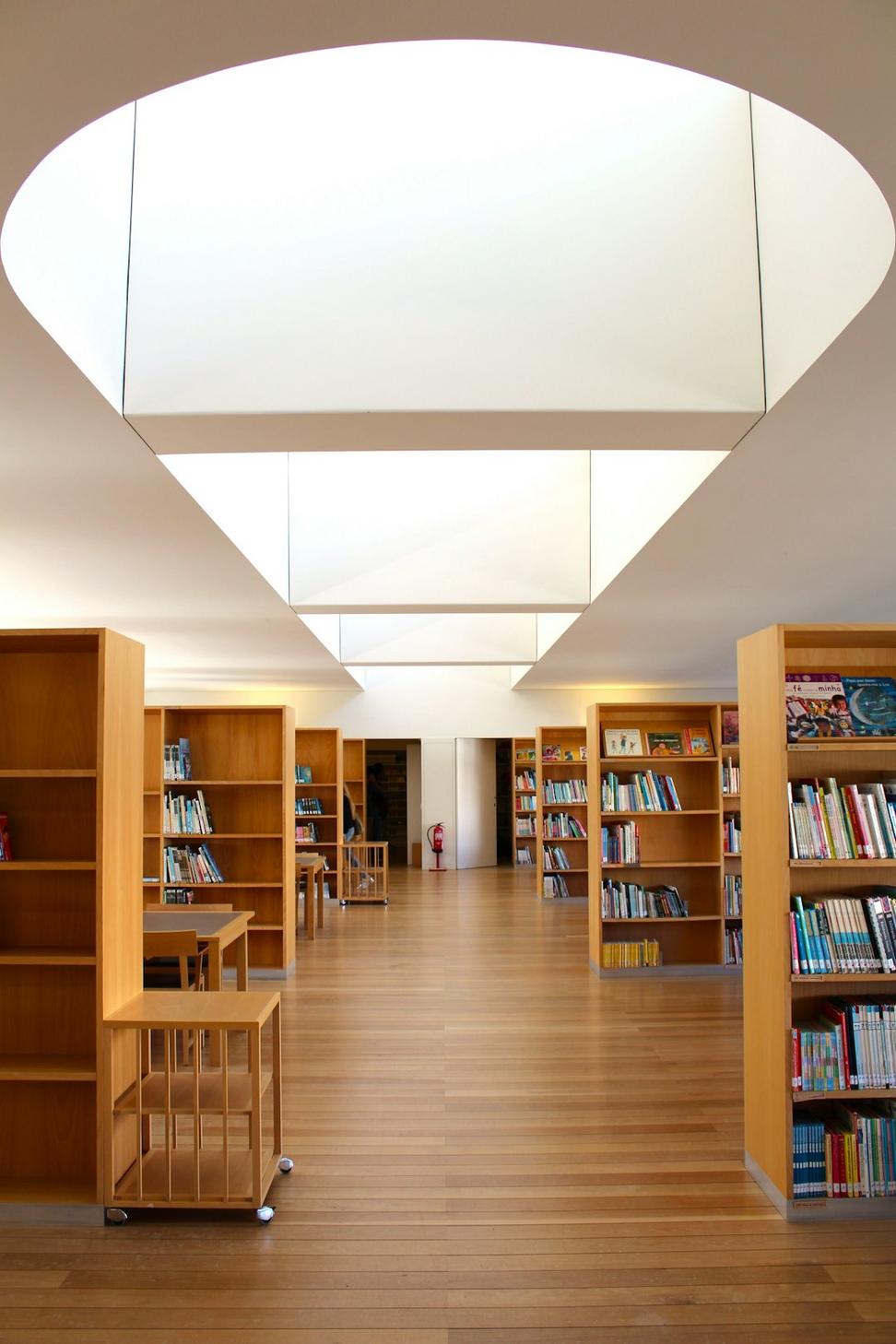
Libraries are evolving beyond just book storage, and this project embraced that reality. Community needed a flexible space for programs, meetings, quiet study, technology access, and yeah, still some actual books.
Created distinct zones that can be reconfigured as needs change. Kids area is colorful and durable - because kids are basically tiny destructive forces. Teen space has its own identity separate from the children's area because teenagers don't wanna be treated like kids. Adult areas balance quiet